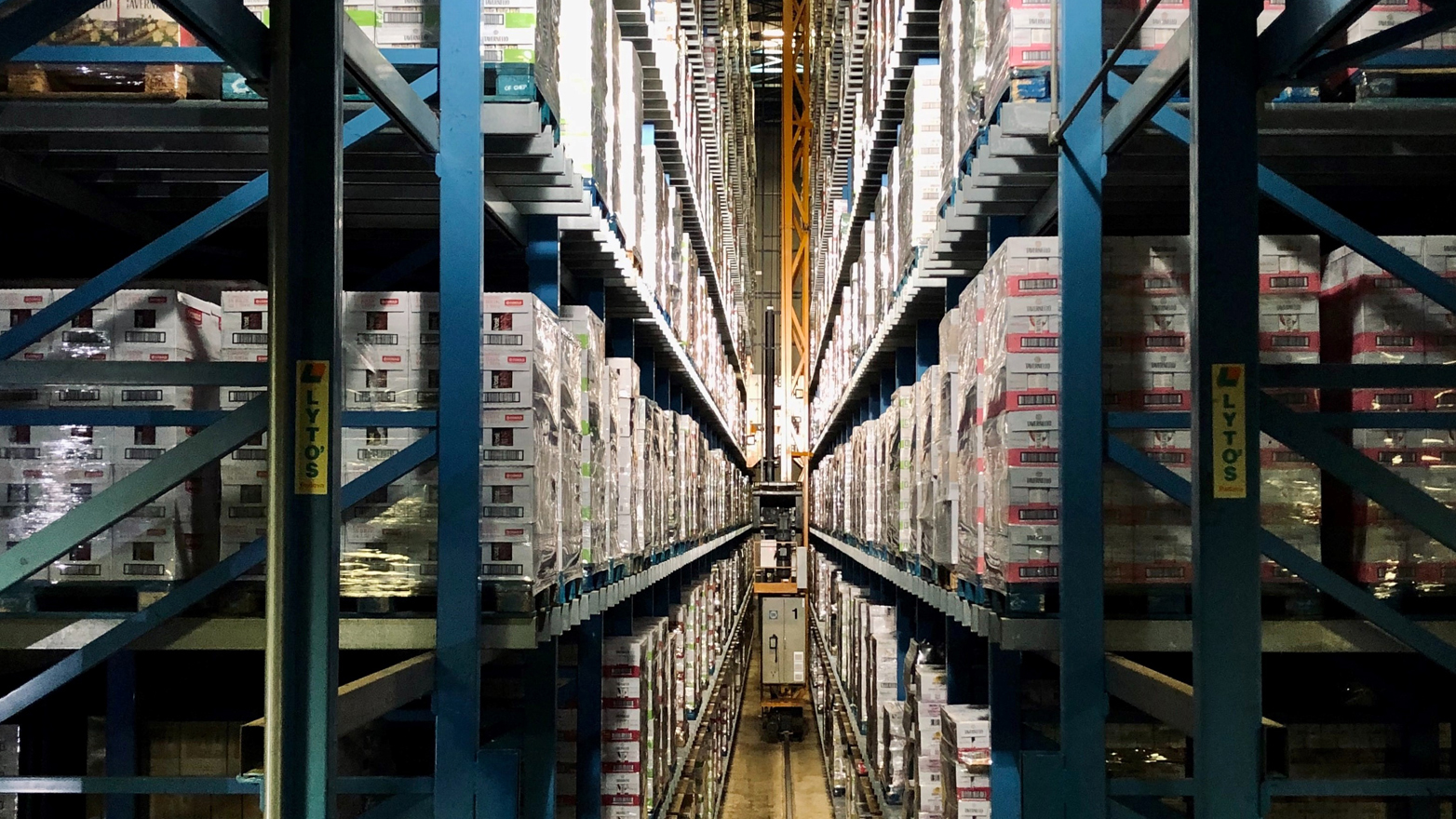Industrial production flat in February
The soft gain in February manufacturing production belies the weakening trend.

February industrial output was unchanged, missing expectations for a 0.2% increase. The components of industrial production were mixed. A 0.1% increase in manufacturing output and a 0.5% increase in utilities was offset by a 0.6% drop in mining output.
In manufacturing, output of computer and electronic products rose 1.2%. A similar gain of 1.1% was posted for wood products. The recent drop in 30-year fixed rate mortgages below 7% has given some life to the residential housing market. Defense and space equipment rose 1.2% in February after rising 1.1% in January, stemming from increased military output due to the ongoing war in Europe.
Motor vehicles and parts output declined 0.3% as the industry is now being constrained by worker shortages, notably in the supplier network. This has made it difficult for vehicle assemblers to catch up on production and dealers on inventories in the wake of the chip shortages last year. Machinery output fell 0.4% as orders are softening and businesses are paring back on investment plans elsewhere.
The soft gain in February manufacturing production belies the weakening trend in activity over time. On an annual basis, manufacturing output contracted by 0.9% in February, rose 0.2% in January, and dropped 1.4% in December. These are the weakest readings in two years and commensurate with the contractionary signals from purchasing managers’ surveys. The ISM’s PMI has been under the breakeven 50 level in the last four months, indicative of contracting manufacturing activity. Likewise, regional Fed PMIs such as the Philadelphia Fed manufacturing index is effectively at its weakest reading since the COVID recession.
In mining, oil and gas output fell 3.1%, the largest drop since the COVID recession. Crude oil prices continue to tank over increased risks of a recession and concern over the resulting drop in demand for energy products. West Texas Intermediate crude oil prices currently trade under $70 per barrel, which is well below the $80 average over the past three months.
On March 28, the Federal Reserve will release its annual revision to industrial production; that means that today’s reported data may be revised.
Bottom Line:
Manufacturing output has been weakening over the past year as the sharp increase in interest rates engineered by the Fed curtails activity and investment in select parts of the economy. Recent market developments suggest a further tightening in credit conditions. We believe the Fed will pause with rate hikes at the upcoming meeting. However, the fight against inflation is not over, which could mean higher interest rates down the road that suppress industrial output even further.
These are the weakest readings in two years and commensurate with the contractionary signals from purchasing managers’ surveys.
Explore more
Meet our team

Subscribe to insights from KPMG Economics
KPMG Economics distributes a wide selection of insight and analysis to help businesses make informed decisions.
